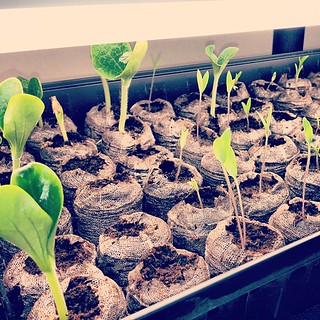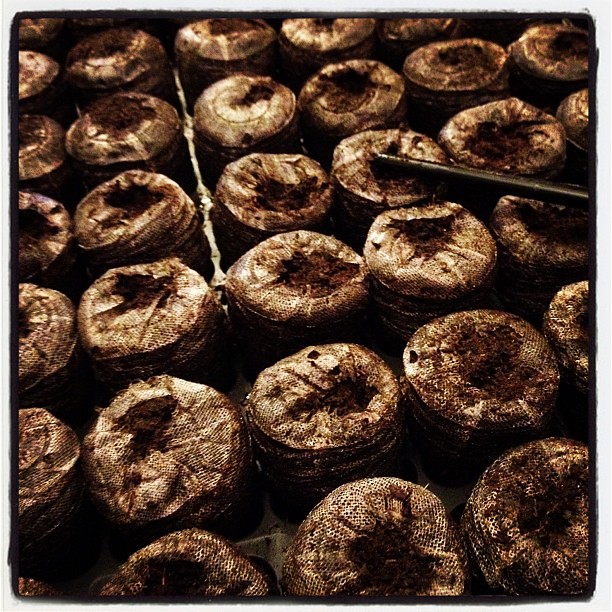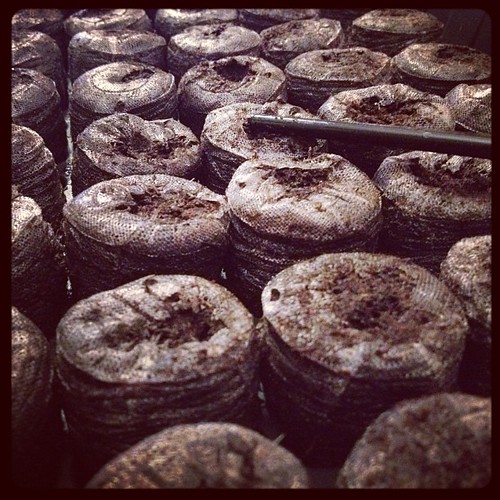Meet Daisy. She our precocious six-year old (going on seven) Boston Terrir/Boxer mix. She is, honestly, our sweet little girl provided she's not tired (can you say "Teenager!"). We're always amazed at how much personality dogs have and how expressive they can be with their face. She has a crooked tail (which the vet said was broken earlier in life - sad, I know, huge Gizmo ears, and the cutest underbite! Anytime we walker or take her to the park or to PetSmart, she immediately becomes the center of attention and she loves it. Daisy is definitely a premadonna! She has truly been a joy every day since we adopted her nearly five years ago!
"Oh, hello, there!" This is Brewster (or Brewster Bear as I call him). When we moved into our house, we decided to get another dog. We were wanting a smaller dog like Daisy (25 pounds) but fell in love with Brewster (who's 50 pounds) and our heart broke at his story. He was two when we adopted him and had already been in four different homes. Each time, he was taken back not due to regarding him but due to family circumstances. He had some abandonment issues and we're pretty sure the previous owner was...well...not the nicest to him (they named him Rambo for goodness sake!). He has had his moments but we stuck it through because we knew he would never get better if he was "returned". A year later, I can say he is a fantastic dog...a lover, not a fighter...and we are so glad we persevered!
These fantastic pics and biographies just to tell you that dogs, while an enormous responsibility, are a joy to have in a family. Please, please, please consider adopting a pet rather than buying a pedigree animal from a store or breeder. Many of these dogs are fantastic and only want a loving home to share. Check through petfinder.com if you are looking for a dog or cat. You will be surprised, also, at the amount of pedigree animals. Most of all, if you do adopt, be sure to be patient. Many have been in more than one home and it's going to take time for everyone to adjust!







